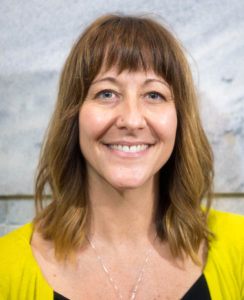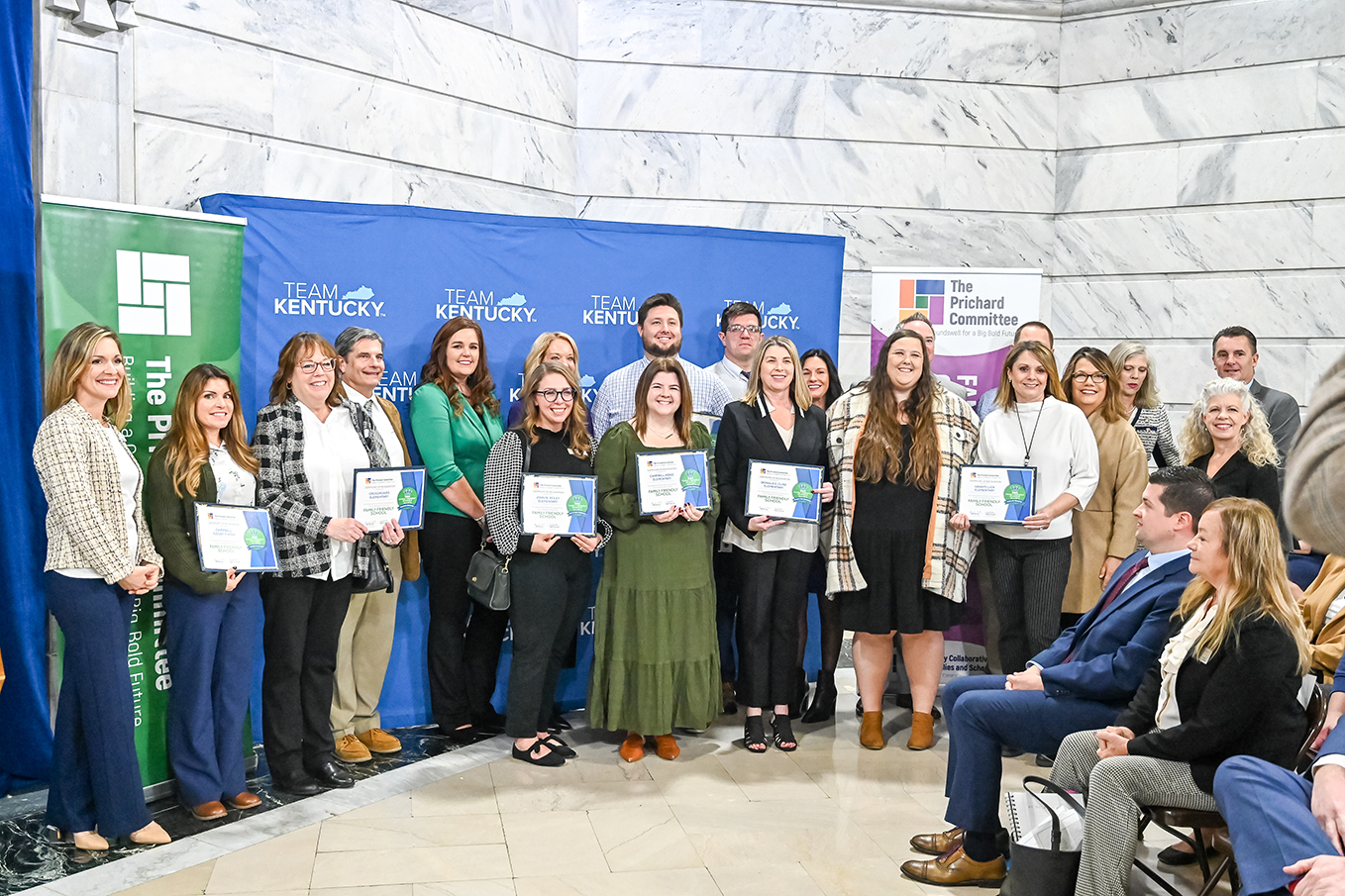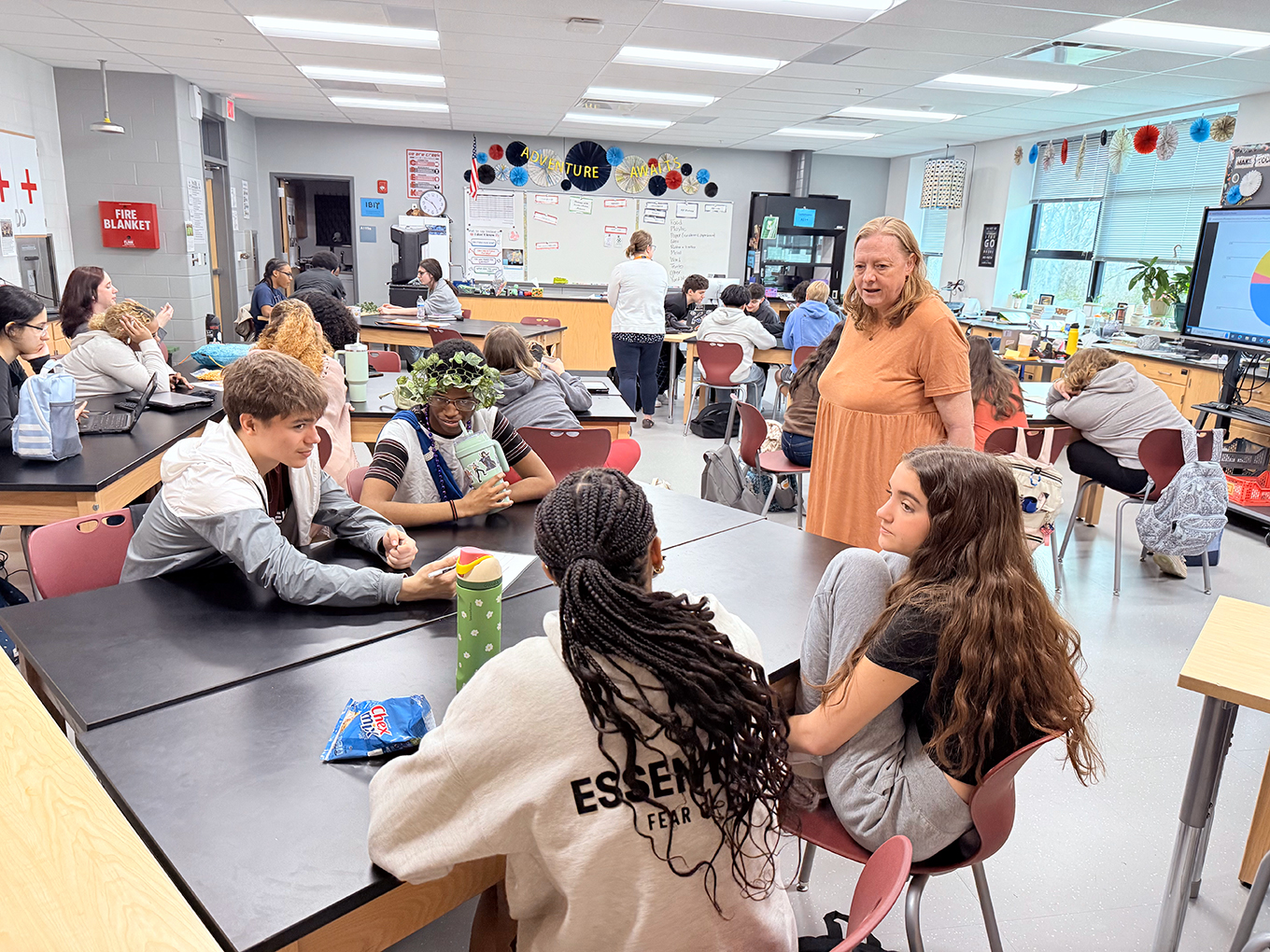“The imagination offers revelation. It never blasts us with information or numbs us with description. It coaxes us into a new situation. As the scene unfolds, we find ourselves engaged in its questions and possibilities, and new revelation dawns. Such revelation is never a one-off hit at the mind. The knowing is always emerging. The imaginative form of knowing is graced with gradualness.”
– John O’Donohue, “Beauty: The Invisible Embrace”

Kellie Clark
By Kellie Clark
kellie.clark@boone.kyschools.us
Teachers are given the cyclical gift of endings and beginnings. The end of each school year provides a chance to reflect on what happened in our classrooms during the course of that year and to let go of those things that didn’t serve us or our students. Each August is another new beginning, and with each fresh start the opportunity to try again, to do things better than we did before, to shake things up a bit.
Sandwiched in between is the joyous time known as summer. Summer offers us a unique opportunity absent from so many other professions – time. Teachers are afforded necessary time away from our daily routine, our students and our classrooms and given the invaluable time to reflect, re-energize and reset for the next school year.
One of the things I value most about being a teacher is this two-month space I am given to allow my creative energies to take over and to lose myself in my own learning and growing. The beauty of education is that it never ceases. There’s always a new idea to explore, a new activity to undertake or a new way of looking at the world we have not yet considered.
I spent 2 1/2 weeks at the start of this summer driving through some of our nation’s most treasured national parks with my sons. Early in the trip, we were driving through Badlands National Park in South Dakota as the sun began to set over the rocks. The colors of the rock formations seemed to change before our eyes, and as we came around a bend in the road, the most magnificently full, strawberry moon was rising.
We pulled over and stood in awe of the transcendental beauty of the moment. I had seen this same beautiful moon rise so many times in the past, and yet it sparked a new sense of wonder as I viewed it in an unfamiliar environment. I thought about the countless people who have looked up at the moon throughout history and been inspired and astonished by its beauty. I thought about cultures living with no scientific knowledge of how the moon came to be and the wonder and mystery that they must have felt in its presence. I thought about the numerous works of art, poetry and music that have been inspired by our nearest celestial neighbor.
The teacher in me naturally wanted to share this experience with my students.
Since returning from our westward adventure, I have been working on developing a cross-curricular unit that will explore the wonders of the night sky through music, art and literature. We will consider the cultural and historical implications of the moon and stars – such as tracing how they have been perceived throughout history in different cultures and religions – as well as seeking an astronomical understanding. I have reached out to our local university’s planetarium hoping that my students and I can attend a program there and possibly collaborate with the director in the creation of a program that joins music from our students with a planetarium show.
Through my research this summer, I already have learned so much and cannot wait to continue learning with my students this fall. The simple act of looking up into the night sky has spiraled into a completely new unit of study that I had never even considered.
In reflecting on this process, I began to consider how teachers seek inspiration for their teaching. There are, of course, the obvious avenues such as learning communities, social media, professional development workshops, and reading books or journals. These are intentional ways that we seek to improve our teaching or gain new ideas and methods for our classrooms.
In addition, less intentional sparks of inspiration may appear through a conversation with a colleague, friend or former student, watching a movie or television program related to a concept you teach, or even happening upon an article that causes you to think about something in a new way. Finally, there are completely accidental and unintentional moments or events, such as my recent moonlit experience, that can inspire our teaching.
Sometimes even the most seemingly mundane activity can serve as a spark for creative inspiration if we are open to it. We can assist this process by challenging our normal routines with things that are out of the ordinary or maybe even a bit uncomfortable. Travel is certainly a good way to do this, but it doesn’t even have to be that involved. Simply taking a walk in a different park or neighborhood, having a conversation with a stranger or challenging ourselves with a new activity puts us out of our comfort zone and opens us to new ideas and a fresh perspective that can immediately inform what we bring to the classroom.
By opening ourselves to new experiences and new ways of engaging our environment, we are clearing a new path to connect with our students. We are creating the space necessary to develop an enriching and engaging learning environment. This is one of the things that I find most exciting about being a teacher and a lifelong student.
Both the curse and the greatest gift of being a teacher is that the possibilities are endless. Each year our planning begins with the same concepts and technical implications, however the endings – delightfully – cannot be predicted. Our work is directly impacted by our interactions with a changing crop of students, as well as the intentional and accidental inspiration that we happen upon in the world beyond our classrooms.
The adventure of teaching is the journey we undertake as we move from the beginning to the end of every academic year, and the inspiration for that journey is always everywhere around us. As we head back into the classroom this fall, consider the ways you seek inspiration for your teaching. What will energize you this school year? Where will you find your next muse?
Enjoy these closing days of summer in whichever ways feel restorative and invigorating for you and remember to keep yourself open to the unsuspected teaching possibilities that may present themselves. Sometimes all we need to do is just look up.
Kellie Clark teaches choral music and AP music theory at Randall K. Cooper High School (Boone County). She holds a bachelor’s of music education from Morehead State University and a master’s in vocal music from Miami University. Clark was named the 2018 Kentucky Teacher of the Year.




Leave A Comment